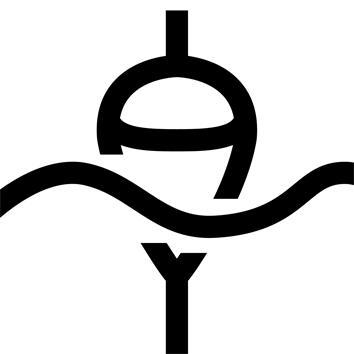Designed and validated in collaboration with French sea rescuers
This vest has been tested and validated by the French Sauveteurs en Mer.
Tribord and SNSM have been working together since 2020 on the development of safety products: from specifications to product validation tests.
This vest has been validated in the laboratory and in the pool.
Regulations
Designed for coastal sailing (100N, generally less than 6 miles from a shelter). It allows you to float a baby in full sailing gear (jacket, pants, boots).
Find out about the regulations in force in your country.
A vest tested in sailing gear
Clothes can enclose a large volume of air, which can limit rollover performance.
The pyramid structure takes this factor into account, enabling an unconscious person in a sailcloth to roll over onto his or her back, thus clearing the airway.
Why does the vest look bulky?
The standard requires the vest to turn an unconscious child on its back, wearing a swimsuit.
Children are usually dressed on a boat. Clothes trap air, making turning them over more difficult. To overcome this constraint, we developed a vest that can turn an unconscious child (10-15 kg) onto his back with his clothes on.
To achieve this, we added foam and worked on its positioning and shape, which explains its volume.
A safety vest for the child and reassurance for the parent
The lifejacket has been designed to provide a positive and reassuring experience for both parent and child:
- a handle is positioned at the neck to assist movement
- the collar fabric is skin-friendly
- tests have been carried out with a psychomotricist to ensure that the lifejacket does not impede freedom of movement.
Threading and product adjustment
1. Make sure your child's weight corresponds to the recommended weight on the vest (10-15 kg) and waist circumference (47-60 cm)
2. Put on the vest from the side, with the buckles at the front of the body
3. Close shoulder loop
4. Close hip buckle and tighten strap
5. Close the subcutaneous loop by passing it between the legs, then tighten the strap
6. Tighten regularly as you practice your sport.
What to wear with your lifejacket
We recommend that you do not wear the lifejacket next to your skin, but that you wear an anti-UV t-shirt to protect children's skin, which is very sensitive to UV rays, or at least a t-shirt.
It's all the more comfortable!
A vest designed for day and night searches
Position of reflective strips optimized for waiting position in the water
Orange color to facilitate daytime searches
Whistle to signal presence
Vest weight
The vest weighs 441 grams




